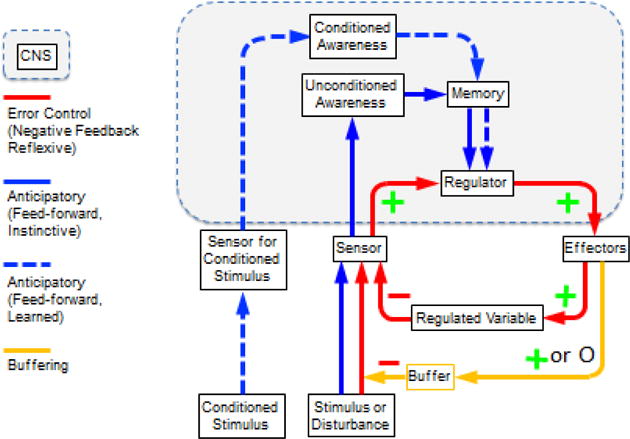Figure 2. Conceptual model of homeostasis by negative feedback (error control), anticipatory (feed-forward) control, and buffering.

In the model, the effectors are both autonomic and non-autonomic. Effector responses to a disturbance are determined by three forms of regulation. First, effector activities are determined from input-output (afferent-efferent) curves relating sensory input to effector output (error control by negative feedback). Second, via exteroceptive or interoceptive input, effector activities are altered by instinct or imprinting, in advance of a change in the level of the regulated variable. Third, via exteroceptive input, effector activities are altered by associative learning (classical or instrumental conditioning), also in advance of a change in the level of the regulated variable. The extent of sensor activation in response to a disturbance is modulated by buffering. Buffering is a means of diminishing the intensity of an external disturbance, thereby reducing the required use of reflexive homeostatic mechanisms Effector responses can also modify buffering in advance of a disturbance, via instinct or learned behaviors (e.g., piloerection during cold exposure; donning a jacket before entering a cold environment).
